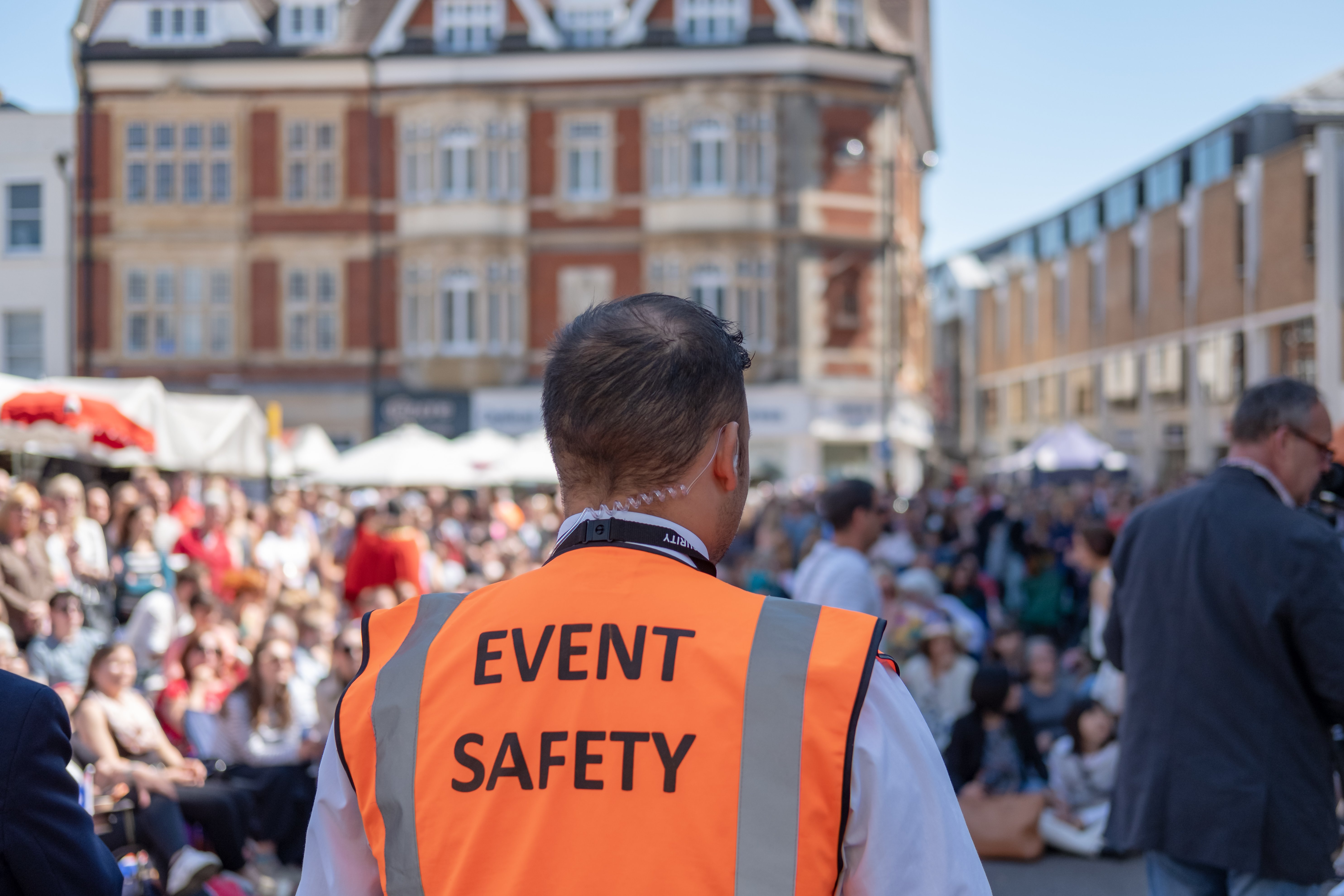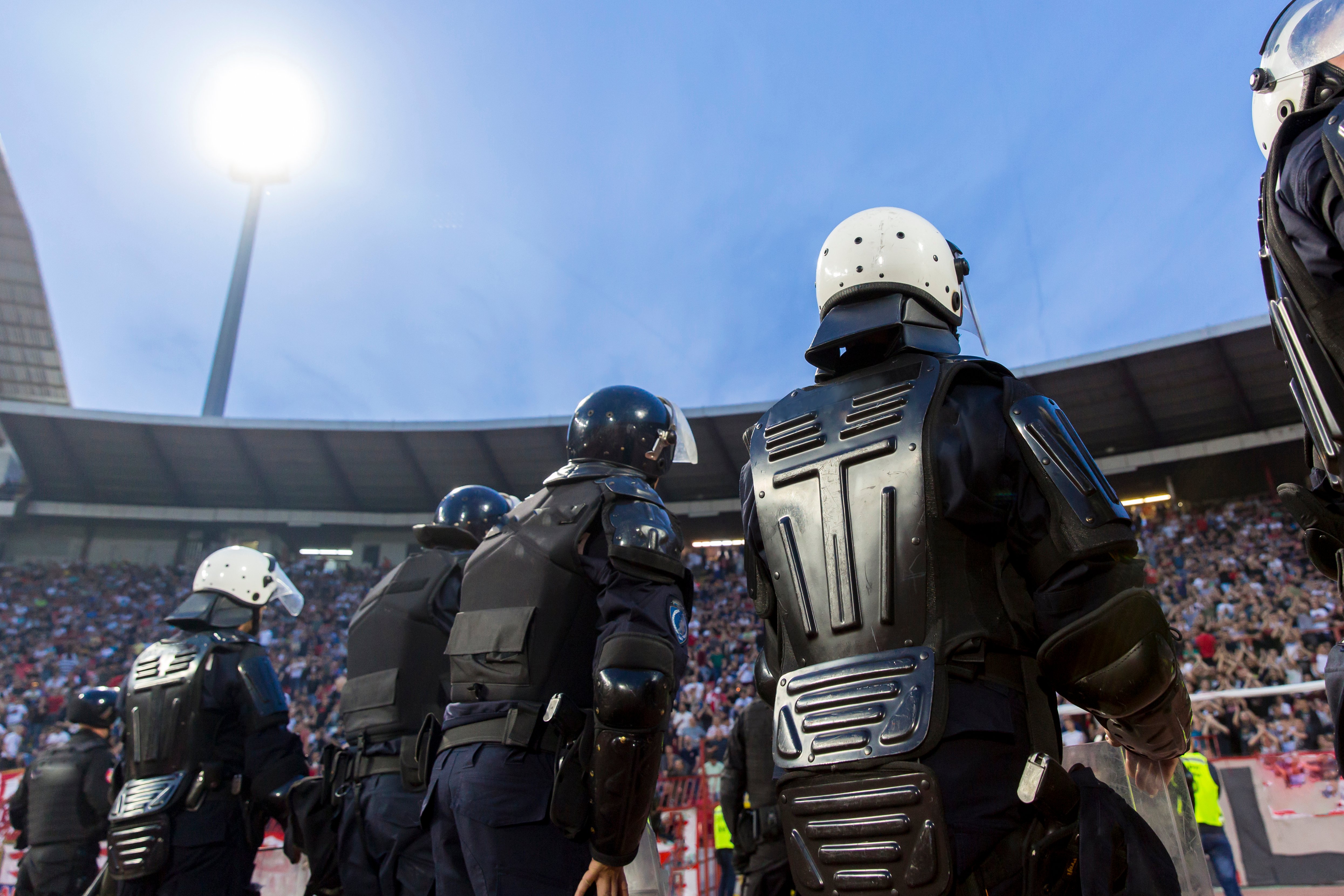Teams responsible for large-scale events must prioritize incident management and incident response. With the right formal strategies, teams can mitigate risks and prevent damages from incidents, improving opportunities for success.
But today’s events require sophistication when it comes to managing incidents. Fortunately, a modern, purpose-built digital platform can help event leaders optimize how teams respond to negative occurrences at their venue.
7 techniques to optimize your incident management plan
Here we identify seven best practices for incident management and response at large-scale events. Consider how you might apply these techniques, coupled with new digital tools, in order to streamline processes and drive better outcomes when your team responds to incidents.
1. Digitize onboarding for faster preparation
As leaders prepare for an upcoming event, they often must rapidly onboard and train new staff and volunteers—including those responsible for incident management and response. Comprehensive digital systems that are easy to understand and use enable event leaders to streamline these efforts, saving time and improving results. They can establish a clear incident command structure, ensuring all team members understand everyone's roles during an incident and throughout an event.
2. Define incidents and standardize appropriate responses
Most leaders categorize potential incidents and establish protocols for how team members should communicate, respond and report when each incident occurs. With the right digital platform, they can make these predefined rules available through a real-time digital tool—such as a mobile app specifically designed for large event teams. This ensures team members have the right information available when an incident occurs and can access checklists that streamline their reporting and response efforts.
3. Replace manual processes using digital tools
Countless event organizers continue to rely on manual processes for incident response; their teams use paper documentation and low-tech communication tools, even for high-risk scenarios. Digital tools, built specifically for event management, can improve how team members prepare for events and coordinate while an event is in progress.
4. Standardize procedures and record keeping
Replacing paper records with a unified digital interface ensures accurate reporting across teams. Consistent reporting allows event leaders to maintain comprehensive records of all incidents and the actions team members took in response. Ultimately, those leaders can analyze event results in a cohesive way—within individual events, and later, across multiple events.
5. Streamline team communication and coordination
Event leaders can leverage purpose-built digital tools to improve real-time communication across teams, minimizing risks and damages from incidents as an event takes place. The right tools can help them create a robust communication network that connects event staff, security, medical teams and even local authorities.
For example, team members may flag incidents in real time using a mobile app, enabling incident teams to accelerate their response and reduce potential damages from the incident. This allows for the best possible response and appropriate record keeping for later review.
6. Optimize reporting and analysis
With standardized, real-time communication and reporting, event leaders can easily analyze results from incidents alongside all other aspects of an event. The right digital platform enables them to seamlessly incorporate these results into reports. This data represents the most robust information available about all events, positioning event leaders to improve future incident management and response.
7. Establish unique metrics for upcoming events
As event priorities change, the right digital platform ensures event leaders can easily introduce new metrics for event success. This may include new incident management and response metrics, such as response times for specific incidents or the percentage of team members who participated in specific trainings. When leaders can compare results across events, they can begin identifying patterns that help them optimize outcomes associated with these new metrics.
A truly modern approach to incident management and response
Building successful operations for incident management and response begins with the right resources for modernizing and accelerating your events. That's why we designed Momentus—a best-in-class digital solution that manages all aspects of an event in a single platform. With one system for standardizing, communicating, coordinating and recordkeeping—all accessible through an easy-to-use, mobile-friendly UI—there is no limit to success in all dimensions of an event.




